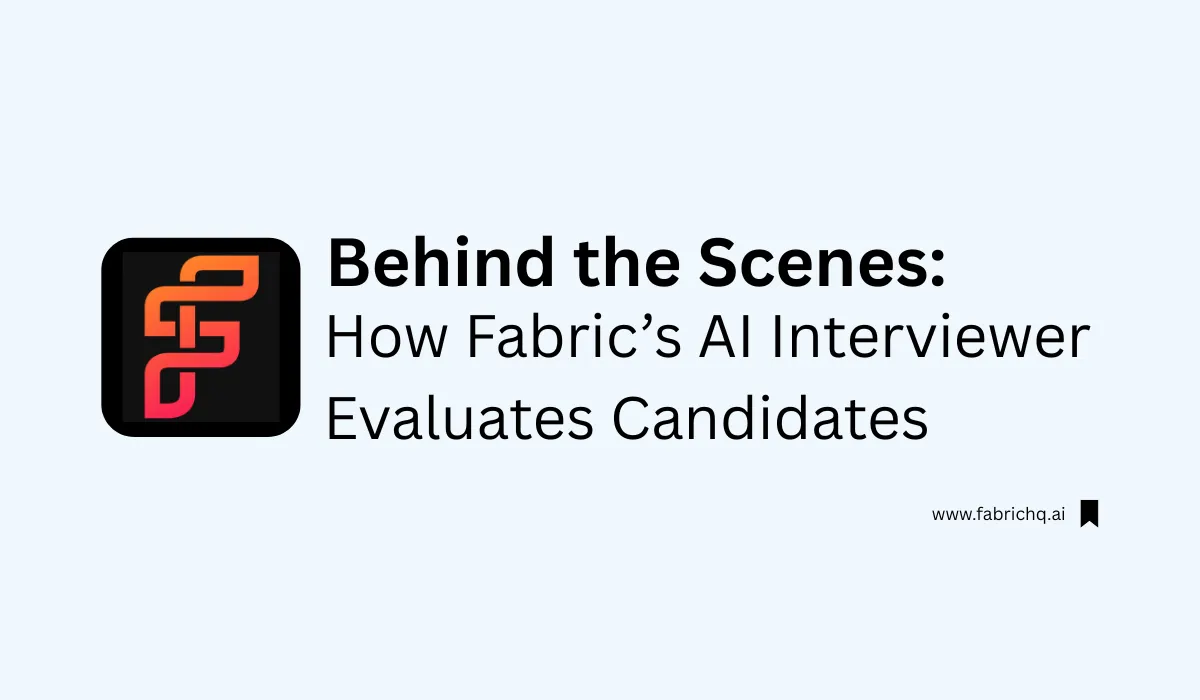Recruitment is broken. And we’re not talking about minor cracks here and there, we’re talking about a system that’s hemorrhaging time, money, and talent at an alarming rate.
Picture this: Your recruitment team spends 60–70% of their time on initial candidate screening. That’s more than half their day dedicated to repetitive phone calls, following the same script, asking the same questions. It’s mind-numbing work that burns out even the most enthusiastic recruiters.
And despite all this effort, only 1 in 8 shortlisted candidates actually pass the first technical interview. We analyzed data from 25 companies and found this shocking statistic consistent across the board. Think about what that means: for every qualified candidate that makes it through, seven others consumed valuable hours only to be rejected.
The hidden costs are staggering. Administrative overload crushes productivity, while teams waste precious time interviewing candidates who shouldn’t have made it past the initial screening. It’s a vicious cycle of inefficiency that most companies have simply accepted as “the way things are.”
We refused to accept that status quo.
Rethinking Hiring With Fabric AI:
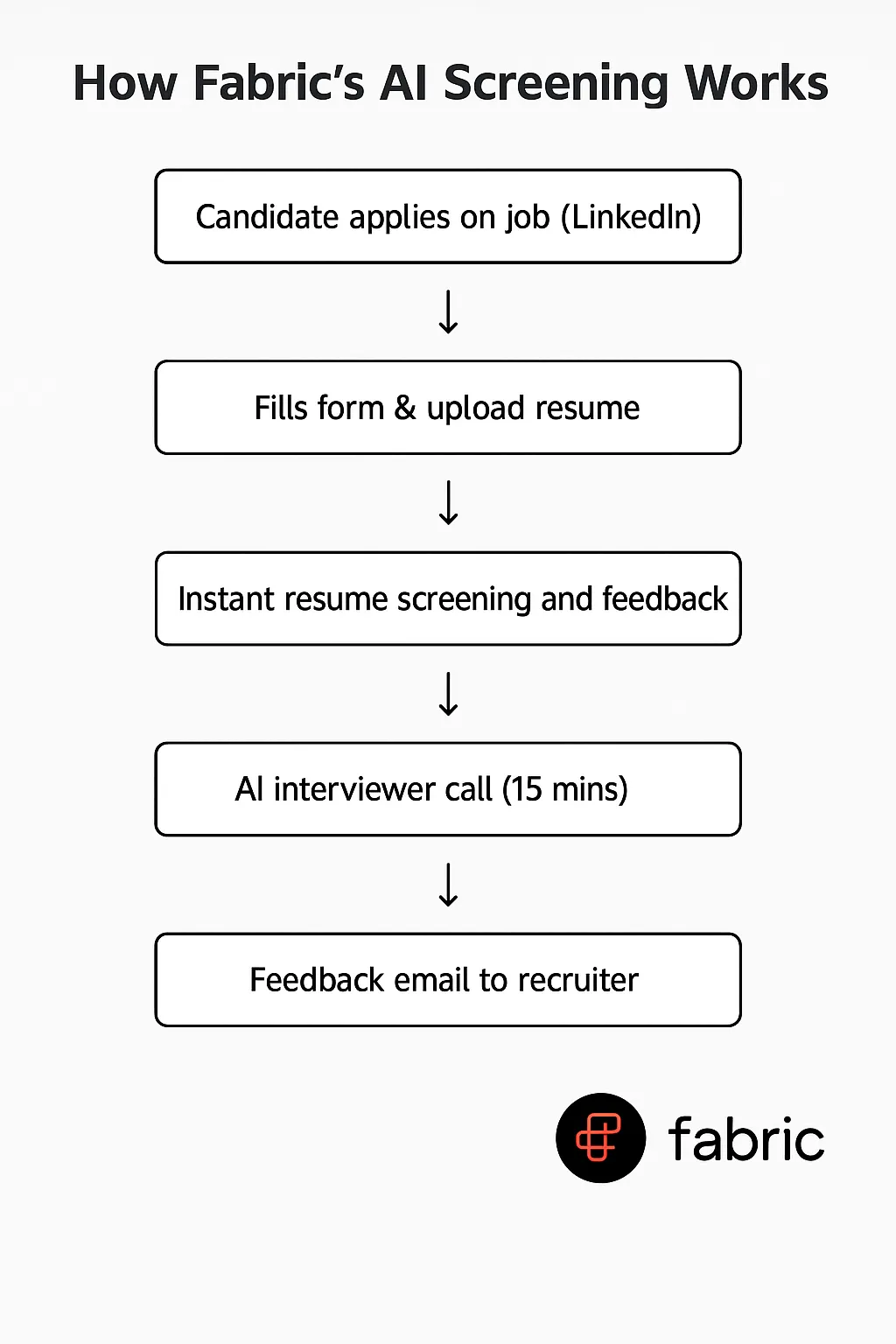
Our mission was simple: build an AI interviewer that could handle initial technical screening better than humans. Not because we wanted to replace human judgment, but because we wanted to free it up for what really matters, making final hiring decisions based on quality insights.
Here’s exactly how we built our system:
Step 1: Smart Application Process
Candidates apply through familiar channels like LinkedIn, then get redirected to our streamlined form. Nothing fancy here, basic details and resume upload. The magic happens next.
Step 2: Intelligent Resume Screening
This is where most systems fail. Traditional ATS software relies on crude keyword matching. If your resume doesn’t contain the exact words from the job description, you’re out. It’s primitive and misses great candidates.
Our LLM-powered algorithm understands the day-to-day requirements buried in job descriptions and checks whether someone’s past experience actually aligns with the real work they’ll be doing. It can detect keyword stuffing (you know, those resumes crammed with buzzwords but lacking substance) and focuses on genuine, relevant experience.
Step 3: The AI Interview Call
Here’s where things get interesting. When most people imagine AI interviews, they picture a robotic voice asking pre-recorded questions in the most inhuman way possible. That’s exactly what we didn’t want to build.
Selected candidates receive an invite for a 15-minute call with our AI interviewer. But this isn’t your typical chatbot experience. Our AI has genuine conversations with candidates to understand their thinking process and knowledge depth.
It asks scenario-based questions, poses interesting puzzles, and follows up with pointed queries when answers seem vague. The goal isn’t to trip anyone up, it’s to understand how candidates reason and communicate under pressure.
Step 4: Detailed Reports
After each interview, the AI creates a comprehensive report based on the conversation transcript. It’s a detailed analysis that human recruiters can use to make informed decisions.
The Results Speak for Themselves
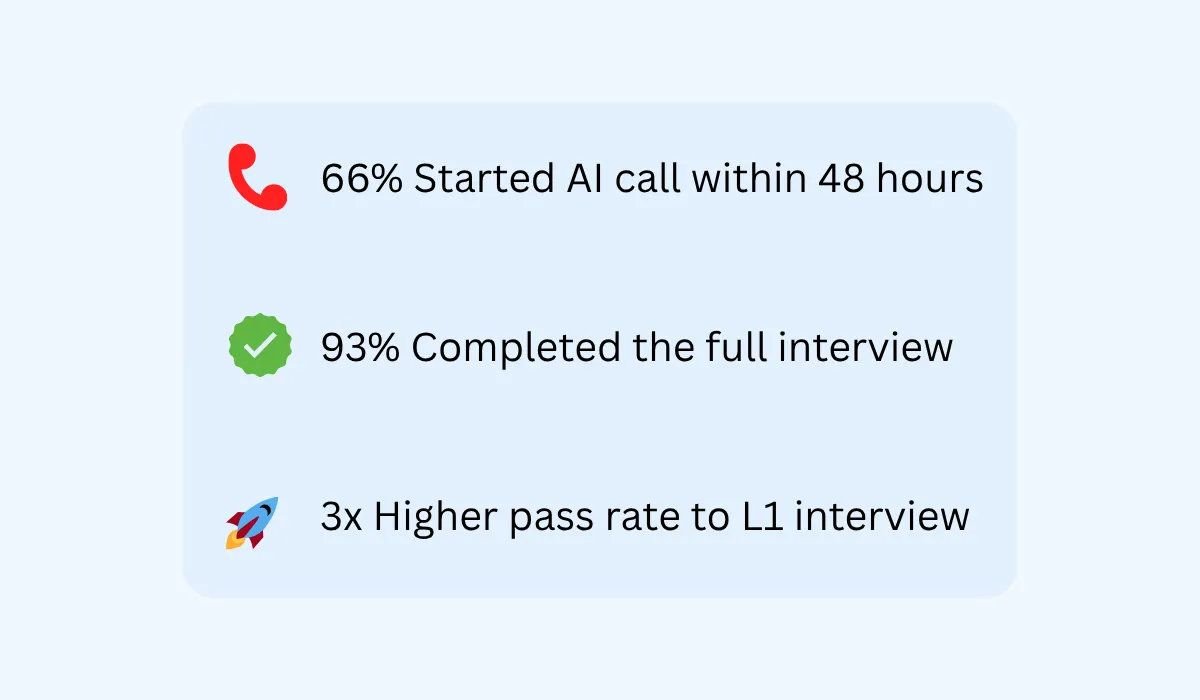
We were honestly nervous about how candidates would react to AI screening. Would they hang up immediately? Would they feel dehumanized?
The data surprised us:
- 66% of shortlisted candidates initiated the AI screening call within 48 hours of applying
- 93% of those who started completed the full interview
- 1 in 3 candidates shortlisted by the AI passed the L1 human interview — a 3x improvement over traditional methods
These numbers didn’t happen overnight. We spent months refining the AI’s voice, dialogue patterns, and conversation flow. The key was making it feel natural while maintaining the rigor of a technical screen.
Addressing the Hard Questions
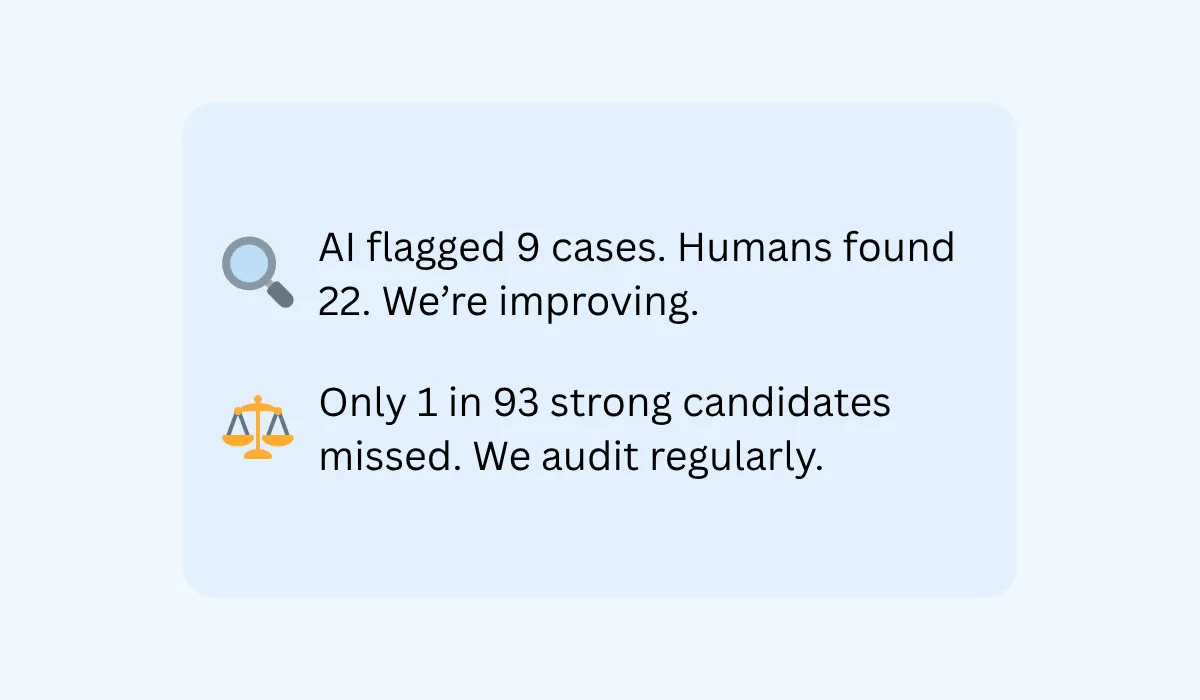
Can AI Detect Cheating?
This remains our biggest challenge. Our current system flagged 9 cheating cases that we later confirmed, but humans caught 22 total cases, meaning we missed 13. That’s not great, but we’re working on it.
Our proprietary system watches for suspicious behavior: multiple audio sources, AI-generated content in answers, and other red flags. We’re constantly refining these detection mechanisms because maintaining integrity is non-negotiable.
What About Algorithmic Bias?
This keeps us up at night. The fear that AI might overlook hidden talent due to built-in biases is real and valid. Our current data shows the AI missed only 1 out of 93 strong candidates — promising, but not perfect.
Continuous fine-tuning is essential. We regularly audit our algorithms, test for bias across different demographics, and adjust our models based on real-world outcomes. It’s an ongoing process, not a one-time fix.
Conclusion
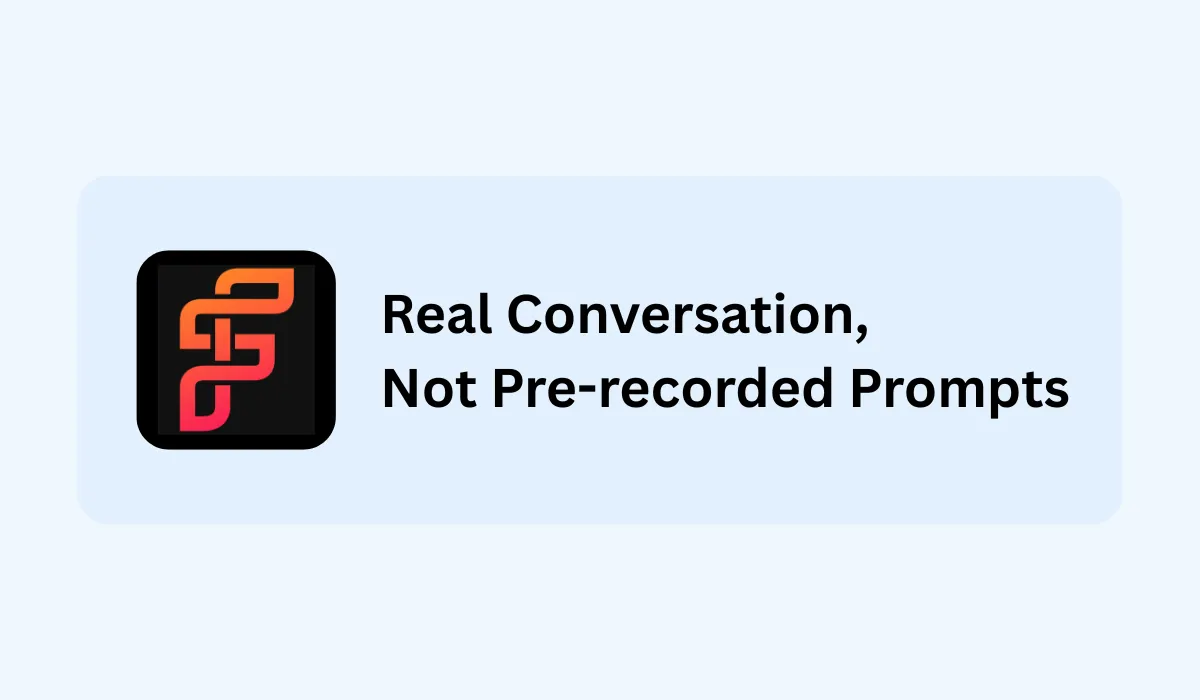
Most AI interviewing tools focus on one-way video responses to pre-set questions. Fabric takes a different approach with genuine conversation.
Our AI adapts in real-time, asks follow-up questions, and evaluates how candidates think through problems. It’s the difference between a static questionnaire and a dynamic technical discussion that reveals true capability and communication skills.
